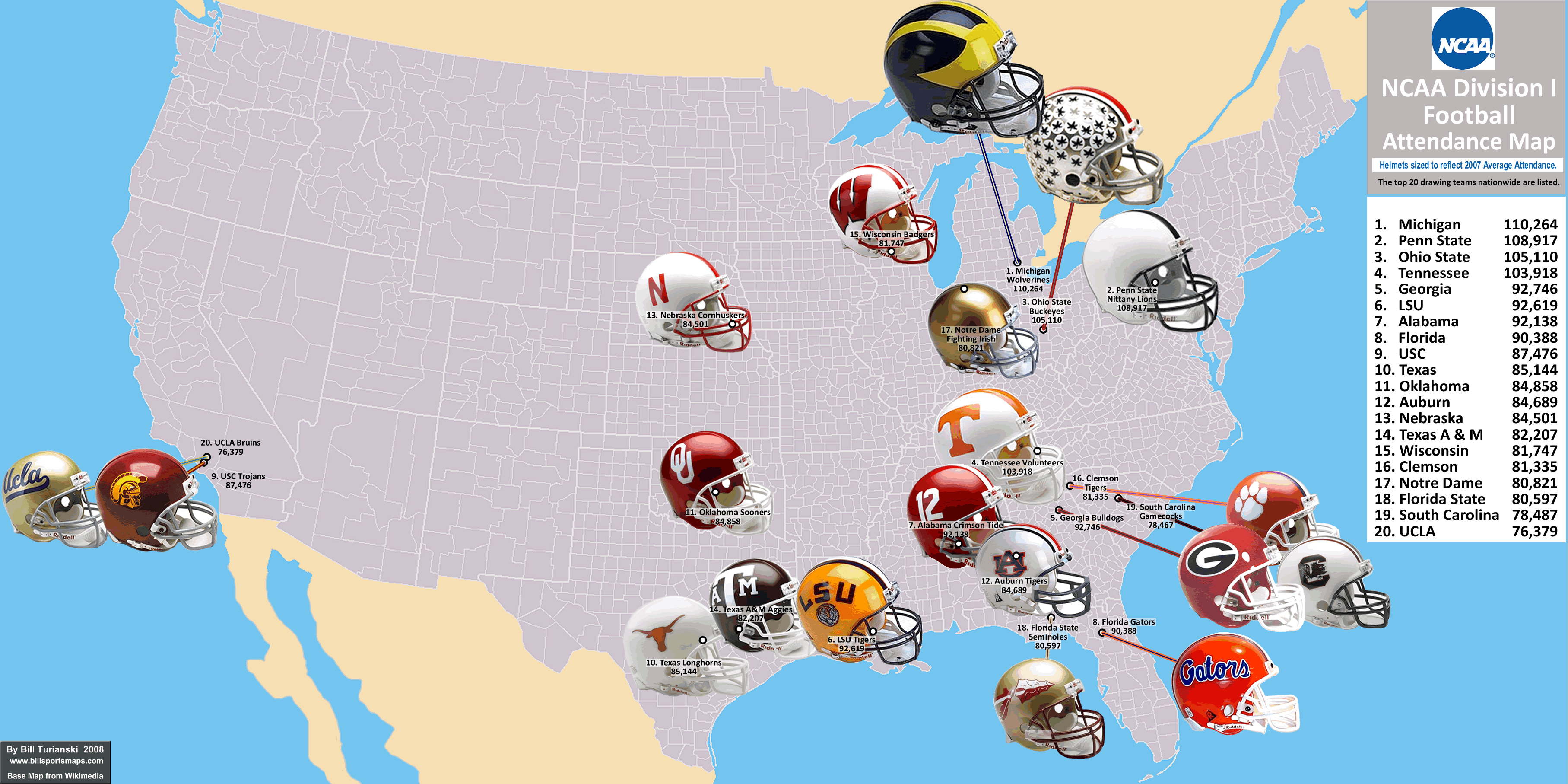
Madden NFL ’96 is a notorious title in franchise history.
#Grid iron wars 2000s college teams full
The game featured life-like graphics and full motion video of the players. But the game served as a test drive that prepared EA for later years.

The first 32-bit Madden was actually on the 3DO, a doomed and short-lived console launched by Hawkins after he left EA. The transition to the 32-bit era of video games demonstrated how Madden could push innovation in the industry, even when it wasn’t on top. It took a while, but the truly realistic game first envisioned by Hawkins was now a reality.
#Grid iron wars 2000s college teams license
The very next year saw the addition of a license from the NFL Players Association, which allowed EA to include the players’ real names. EA struck back hard in 1993 with Madden NFL ’94, the first to feature fully licensed teams and an all-star collection of previous Super Bowl squads. Real uniforms, stadiums, and logos left Madden in the dust. The rivalry between the games continued and became especially heated in 1992 when Sega was the first company to obtain an official NFL license. High school and college jocks who would normally be more likely to taunt someone who identified as a video game nerd suddenly found themselves playing for bragging rights on all-night sessions of Madden.įuture editions of Joe Montana Football were made at another developer, freeing up EA to concentrate on only Madden. Nintendo had first party titles that Sega’s franchises couldn’t keep up with on the sales charts.įurther Reading: 25 Underrated SNES Gamesīut with the success of both Madden and Montana franchises, the Genesis quickly developed a reputation as being the best console for sports games. The Sega Genesis had been in competition with the Super Nintendo, and prior to the release of the football titles, Nintendo was the clear market leader. The strange rivalry and sales success of both titles helped the 16-bit era of gaming take off. Madden ended up being the superior product, but both games were on best-seller lists that holiday season. And that was no accident. EA started with Madden as its foundation, but then stripped the playbook and cut the realism of the graphics. Sega’s game, called Joe Montana Football, thanks to a partnership with the San Francisco 49ers quarterback, ended up being inferior in every way to Madden. In hindsight, the result was to be expected. Read more: Remembering Flash Gordon’s Football Career Sega was looking for a new first-party title for the Genesis, but because they lacked the resources to make it, the company outsourced the game to the developer that was already making a competing game. The Sega and EA partnership remains to this day one of the strangest in the history of the industry. Still, the playbooks were deep, and when Sega was looking for a football sim for its new Genesis console, it took notice of EA’s accomplishments and, after signing a deal for a Genesis version of Madden, also signed a deal with EA to create another exclusive game under the Sega brand. It did indeed feature 22 players on the screen, but it also suffered from slow performance and a limited feature set as a result. When that didn’t pan out, the companies parted ways and EA released John Madden Football on its own in 1988. The game was in development for four years, largely because of legal trouble with Bethesda Softworks, a company that had made a similar football sim and was at one point under contract with EA to help develop the Madden game. Hawkins countered that a lower player count on the field would allow the game to run at a faster frame rate, but Madden made it clear there would be 22 players on the screen or there would be no game.

Real playbooks and formations with maybe seven players on each side… They wanted to make the most realistic game possible. Madden had signed a contract to endorse a game for EA by this point, but there was still debate over what kind of game was going to be made. Hawkins and Ybarra laid out their game plan. Read more: How the Madden Football Franchise Was Almost Sacked by a Competitor But in order to truly achieve a realistic game, Hawkins wanted a football mind on his team. With the recent success of the Apple II and other mass-market hardware, there was finally a platform that could make that dream a reality. So it should be no surprise then that when the football giant sat down with Trip Hawkins and Joe Ybarra of Electronic Arts in 1984 to discuss what would become John Madden Football, the conversation took place on a train traveling from Denver to Oakland.ĮA founder Hawkins, an avid Strat-O-Matic football player, had long wanted to make a realistic football game for computers. It’s well established that John Madden has a fear of flying.

The story of how Madden NFL became one of the best-selling video game franchises of all time starts, oddly enough, on an Amtrak train.


 0 kommentar(er)
0 kommentar(er)
